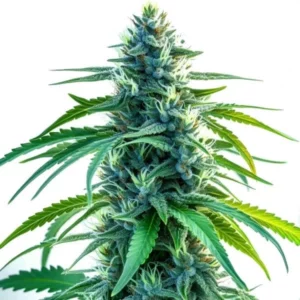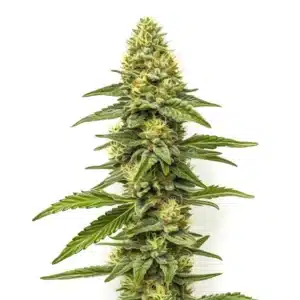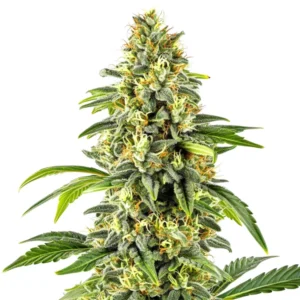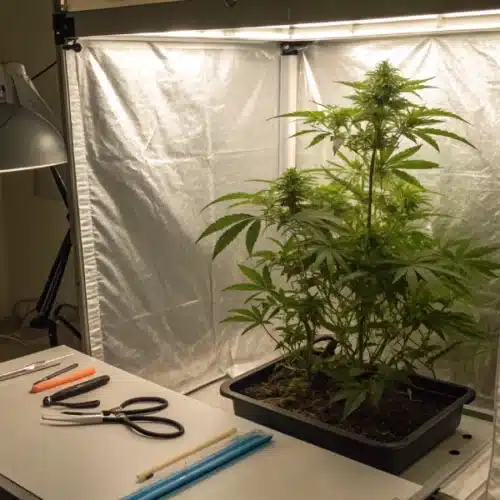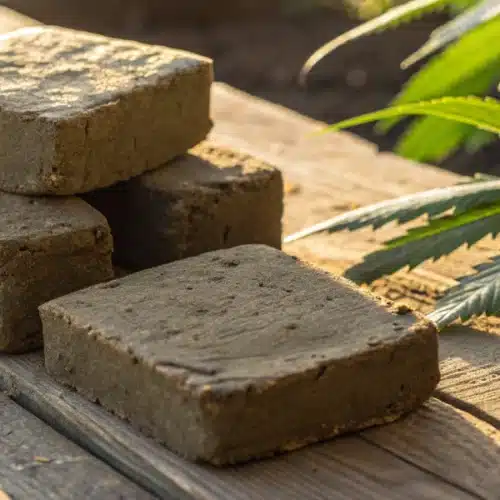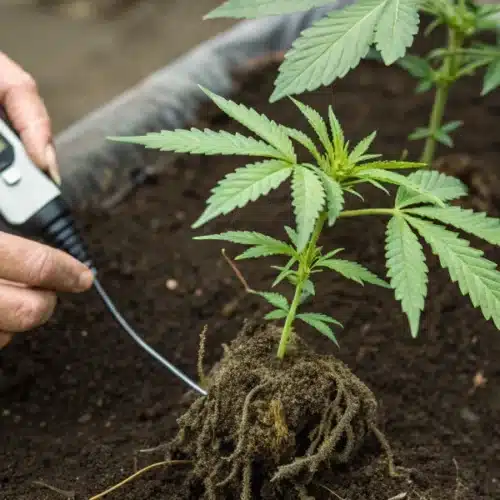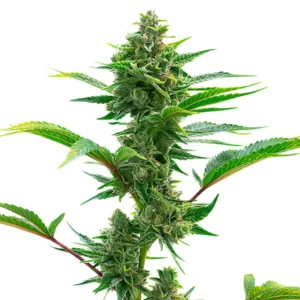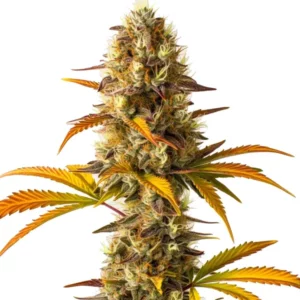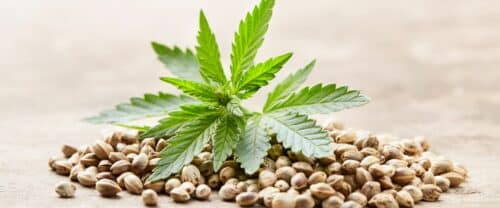Embarking on the cultivation of cannabis begins with an essential initial step: how to germinate weed seeds, and many growers also explore how to grow weed seeds to broaden their approach. This foundational process sets the stage for the health and productivity of your future cannabis plants. Germination is the awakening of the seed, leading it to sprout and start its journey toward becoming a full-fledged plant; many experts also examine how to grow a weed seed under optimal conditions. Mastering this process is essential for anyone aspiring to grow cannabis, and researching how to grow weed seed methods can further improve their success.
In this guide, we explore five popular methods of germinating weed seeds: the plate method, zip bags, seed trays, the paper towel (pop) method, and the glass of water technique. Each method offers distinct advantages and caters to different preferences and resource availabilities. However, not all methods are created equal—some have inherent disadvantages that might impact the success rate of germination. For optimal results, following proven techniques like those recommended in the Blimburn Seeds germination guide can help ensure a higher success rate and healthier seedlings.
While various techniques are available, the plate method comes highly recommended in our discussion. The plate method balances simplicity, effectiveness, and control over the germination environment, ensuring that you learn the best way to sprout weed seeds for maximum performance, making it a preferred choice for both novice and experienced cultivators. This guide will provide detailed insights into how each method works, including practical tips on how to germinate marijuana seeds for enhanced results, focusing on the potential pitfalls of all but the plate method, to help you make an informed decision about which approach will best suit your needs.
The nuances of each method allows growers to optimize conditions and achieve the highest possible success rates. Whether you are a first-time grower or looking to refine your techniques, knowing how to effectively germinate your seeds is a vital skill that can significantly influence the outcome of your cannabis cultivation efforts. Let’s delve into the specifics of these methods, highlighting the practical steps involved and discussing why the plate method stands out as our top recommendation for germinating weed seeds.
How Germinate Weed Seeds: The Plate Method Our Top Recommendation for
Overview of the Plate Method
The plate method is a highly recommended technique for those wondering how to germinate weed seeds effectively. It’s revered for its simplicity, reliability, and the control it offers over the germination environment. Here’s a step-by-step guide to using this method:
- Prepare Your Materials: You will need two clean plates and paper towels. The plates will act as a makeshift germinator, while the paper towels provide the necessary moisture.
- Moisten the Paper Towels: Wet two paper towels with room-temperature water. It’s important that they are moist but not soaking wet, as excess water can lead to fungal issues.
- Set Up the Seeds: Lay one of the moist paper towels on the first plate. Spread your cannabis seeds about an inch apart on the towel, ensuring they do not touch each other to prevent roots from tangling.
- Cover the Seeds: Place the second moist paper towel over the seeds, and then cover this with the second plate, flipped upside down. This creates a dark and humid dome that is ideal for germination.
- Choose an Ideal Location: Store the plate setup in a warm, dark place. A cupboard or a shelf in a warm room works well. The ideal temperature for germination is between 70-90°F (21-32°C).
- Monitor and Maintain: Check the seeds every day to ensure the paper towels remain moist and adjust the room temperature if necessary. Avoid exposing the seeds to light as they do not require it at this stage.
Promos & Deals
Why Choose the Plate Method?
Consistency and Effectiveness
The plate method provides a consistent environment that is crucial for successful germination. The dark, moist conditions mimic nature’s own process, encouraging the seeds to sprout.
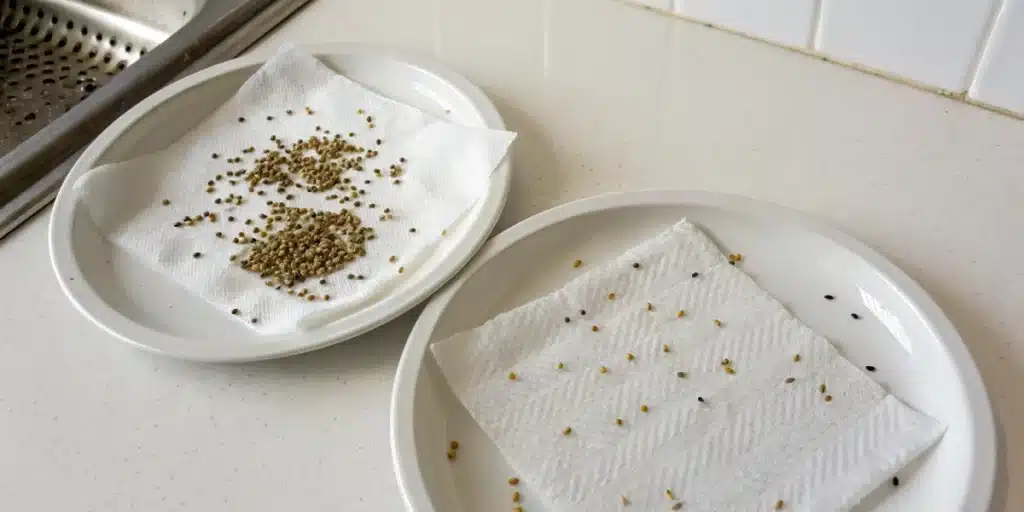
Ease of Monitoring
This method makes it easy to check on the progress of your seeds without disturbing their environment. Simply lift the top plate and inspect the seeds with minimal contact.
High Success Rate
Due to its controlled environment, the plate method often results in a higher germination rate compared to other methods. It reduces the risk of seed rot and fungal infections, common issues when the seeds are overexposed to moisture.
Scalability
Whether you are germinating a few seeds or many, the plate method can be easily scaled. You can use larger plates or multiple sets of plates depending on the number of seeds you plan to germinate.
By following these detailed steps on the plate method, you can achieve optimal germination rates and gain valuable insights into how to germinate seeds using improved techniques. This method not only simplifies the germination process but also ensures that each seed has the best possible start, making it our top recommendation for both beginner and experienced growers.
How Germinate Weed Seeds: Zip Bags Method
How It Works
The zip bags method is another popular technique for those learning how to germinate weed seeds. It utilizes commonly available household items to create a conducive environment for seed sprouting. Here’s a detailed explanation of how to use the opaque zip bags method for germinating your cannabis seeds:
- Gather Materials: You’ll need opaque zip-lock bags, paper towels, and water. Ensure the zip bags are clean and free from any residue that might harm the seeds.
- Prepare the Seeds: Moisten a paper towel so that it is damp but not dripping wet. This balance is crucial to avoid excess moisture, which can cause fungal growth.
- Place Seeds on the Towel: Lay the seeds on the paper towel, spacing them out evenly. Fold the towel gently over the seeds, making sure each seed is enveloped by the moist environment but not piled on top of each other.
- Seal in the Zip Bag: Carefully place the folded paper towel inside the zip bag. Seal the bag almost all the way, leaving just a small opening to allow for some air exchange. This step is vital as it helps prevent the buildup of too much moisture and allows for a small amount of fresh air to maintain oxygen levels inside the bag.
- Store Properly: Place the sealed bag in a warm, dark place. The ideal temperature for germinating weed seeds using this method is similar to other methods, around 70-90°F (21-32°C). Common storage spots include drawers, cupboards, or even on top of a refrigerator where there is consistent warmth.
- Check and Maintain: Regularly monitor the moisture level in the paper towel and the development of the seeds. It’s important to keep the towel damp throughout the process and to ensure the seeds do not become waterlogged.
Disadvantages
While the zip bags method is a straightforward approach to how to germinate weed seeds, it does come with some potential drawbacks:
- Risk of Overwatering: One of the main challenges with this method is managing the moisture level. The enclosed nature of the zip bag can trap humidity and lead to excessive moisture, which increases the risk of mold or fungal infections.
- Limited Airflow: Proper air circulation is crucial for healthy germination. The sealed environment of a zip bag can restrict airflow, which is essential for seed health and can sometimes lead to suffocation of the seeds if not managed correctly.
- Handling Sensitivity: When checking for seed progress, there’s a risk of disturbing the seeds too much, which can potentially damage the delicate sprouts. Careful handling is necessary each time you open the bag to inspect or adjust the environment.
The zip bags method for germinating weed seeds offers an easy and low-cost solution, especially for beginners. However, knowing its limitations is key to achieving the best results. By maintaining the right moisture balance and ensuring adequate air exchange, you can successfully use this method to kickstart your cannabis cultivation journey.
How to Germinate Weed Seeds: Seed Trays Method
Using Seed Trays for Germination
Seed trays are a popular choice for gardeners and cultivators looking to germinate multiple weed seeds simultaneously. This method is especially beneficial if you plan to start a large number of plants, as it allows for uniform care and monitoring. Here’s how to effectively use seed trays for germinating weed seeds:
- Select Suitable Seed Trays: Opt for seed trays with individual compartments or cells. Each cell will house one seed, ensuring that they have ample space to grow without interference from neighboring sprouts.
- Prepare Your Growing Medium: Fill each cell with a light, sterilized potting mix suitable for cannabis seeds. The soil should be loose and well-draining to facilitate easy root growth and prevent waterlogging.
- Plant the Seeds: Place a single seed in each cell,tuck the bulk of the seed downwards, gently pressing it into the soil. Cover the seed with a light layer of soil—about twice the thickness of the seed itself. This depth helps the seed retain moisture and anchor itself as it begins to sprout.
- Maintain Optimal Conditions: Water the trays lightly to keep the soil moist but not soggy. Place the trays in a warm area with temperatures between 70-90°F (21-32°C). While light is not necessary for the germination process, ensuring a consistent temperature is crucial.
- Monitor and Care for Your Seeds: Keep the soil moist by watering gently when needed. Avoid overwatering, as this can lead to fungal diseases and poor seed health.
Disadvantages of Using Seed Trays for Germinating Weed Seeds
While seed trays offer many benefits, particularly in managing large batches of seeds, there are several drawbacks to consider:
- Risk of Disease Spread: If one cell becomes infected with mold or a disease, it can quickly spread throughout the tray due to the proximity of the cells. This can endanger multiple seedlings at once.
- Cost Considerations: Depending on the quality and size of the seed trays, initial setup costs can be higher than simpler methods like the plate or paper towel methods.
- Space Requirements: Seed trays can take up significant space, which might be an issue for those with limited growing areas.
- Environmental Control: Managing the microenvironment for each seed can be challenging in a tray setup, as conditions can vary across a large tray.
How to germinate weed seeds using seed trays is essential for anyone looking to start multiple cannabis plants at once. While this method has its challenges, such as the potential for disease spread and higher initial costs, it also offers streamlined care and the ability to monitor a large number of seeds simultaneously. If managed properly, seed trays can be an effective tool for starting your cannabis garden, providing each seedling with a dedicated mini-environment to begin its growth journey.
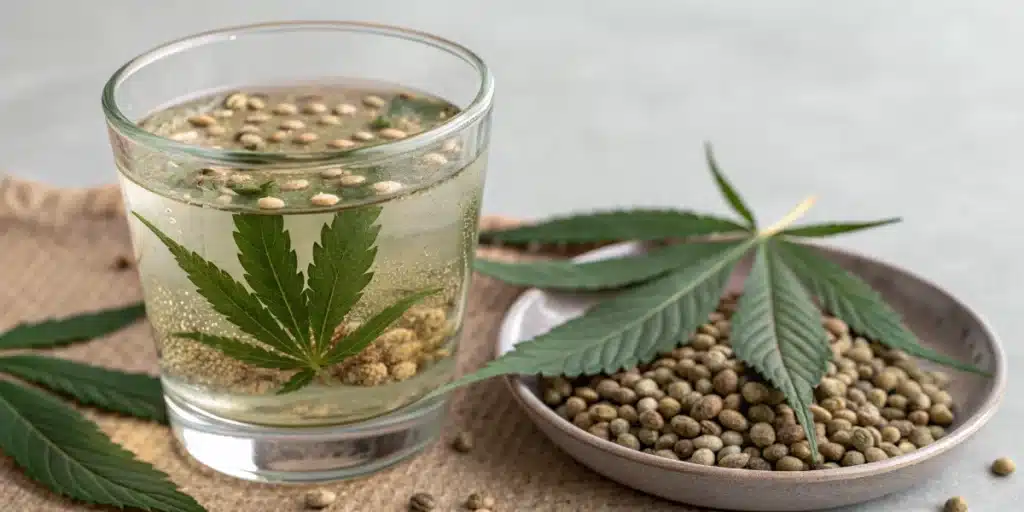
How to Germinate Weed Seeds: Glass of Water Method
Using the Glass of Water Method
The glass of water method is a straightforward approach favored by many growers due to its simplicity. Here’s a step-by-step guide on how to germinate weed seeds using this popular method:
- Prepare Your Water: Fill a clean glass with lukewarm water, ideally around 65-75°F (18-24°C). The temperature is crucial as too hot or too cold water can shock the seeds and inhibit germination.
- Place the Seeds in Water: Gently drop your cannabis seeds into the glass of water. Initially, they may float, which is perfectly normal.
- Allow Seeds to Soak: Let the seeds soak in the water for 24 to 48 hours. It’s important not to exceed 72 hours as prolonged exposure to water can deprive the seeds of oxygen, leading to drowning or rot.
- Check for Germination: Over the soaking period, check the seeds periodically. You may notice that the seeds start to sink to the bottom of the glass after a few hours, which is a good sign that they are absorbing water and beginning the germination process.
- Transfer Sprouting Seeds: Once the seeds have sunk to the bottom and you begin to see small roots emerging, carefully remove them from the water. It is now time to transfer them to your growing medium, which could be soil, coco coir, or a hydroponic system, ensuring the tiny root is facing downwards.
Advantages of the Glass of Water Method
- Simplicity: This method requires minimal setup and materials—just a glass of water and your seeds.
- Visibility: You can easily observe the seeds to monitor their progress and ensure they are properly germinating.
Disadvantages
- Risk of Drowning: If seeds are left in the water for too long, they can drown. This is because seeds need to breathe, and being submerged in water for extended periods can prevent them from getting the oxygen they require.
- Inconsistency: Not all seeds may begin to germinate at the same time, or at all, when using this method. Some seeds may require a more stable and controlled environment to trigger germination.
- Monitoring Difficulty: While it is easy to set up, this method requires close attention to avoid common pitfalls like oversoaking.
The glass of water method, although it has some disadvantages, can be an effective way of germinating weed seeds, particularly for those who prefer a simple and passive approach. By ensuring that you monitor the seeds closely and transfer them promptly once they show signs of life, you can achieve successful germination and get your cannabis plants off to a good start.
FAQs about How to Germinate Weed Seeds
How long does it usually take for weed seeds to germinate?
Weed seeds typically take 2-7 days to germinate under optimal conditions, though some seeds may take longer.
What is the ideal temperature for germinating weed seeds?
The ideal temperature for germinating weed seeds is between 70-90°F (21-32°C).
How do I know if a weed seed is viable?
A viable weed seed is usually hard, intact, and a healthy brown color. Seeds that are pale, cracked, or crumbly are likely not viable.
Can I use any type of water for germination?
It’s best to use purified or distilled water to avoid any chemicals or minerals that might affect seed germination.
Is it necessary to use light during the germination process?
No, seeds do not require light to germinate. They need a warm, dark environment to start sprouting.

